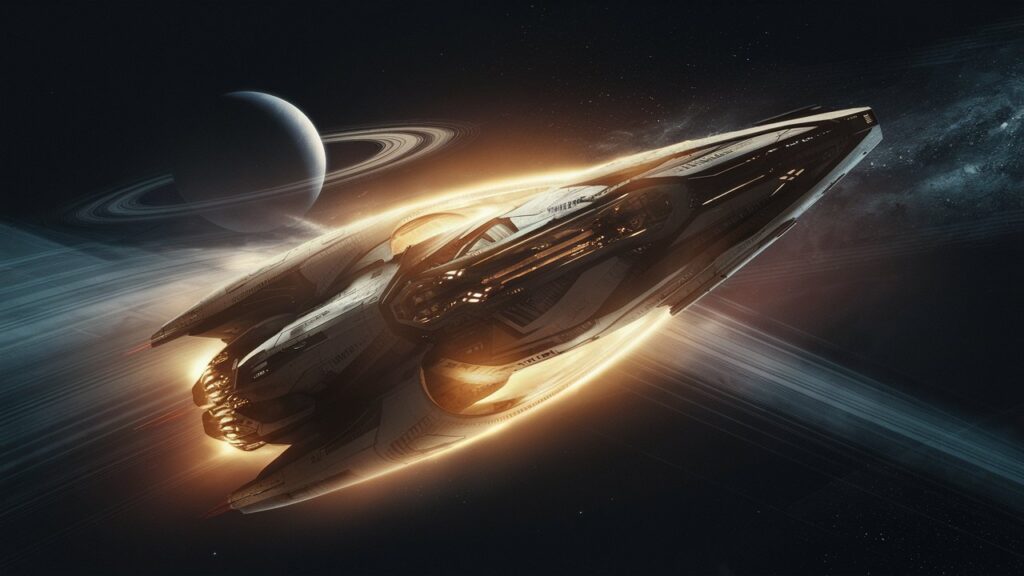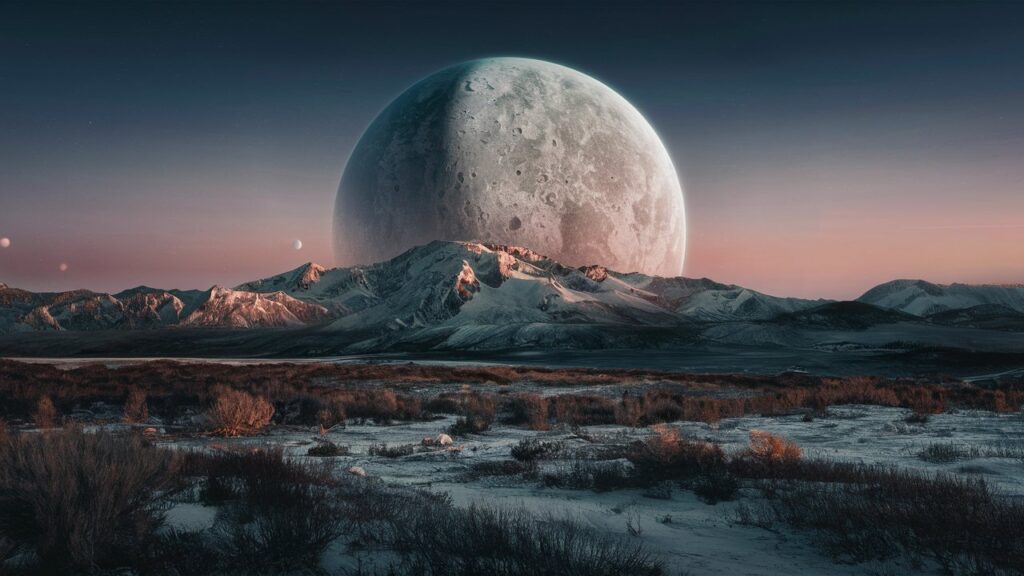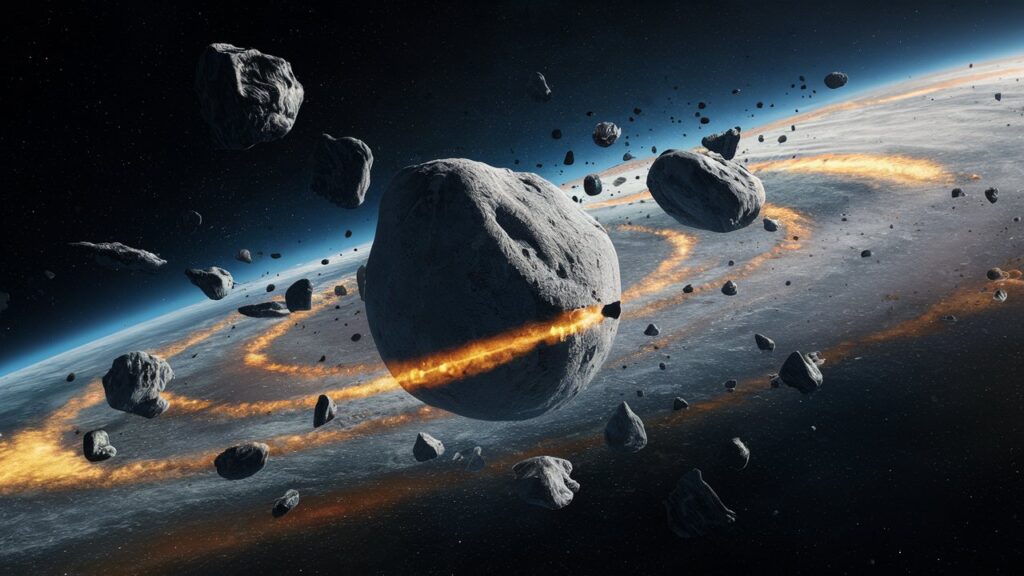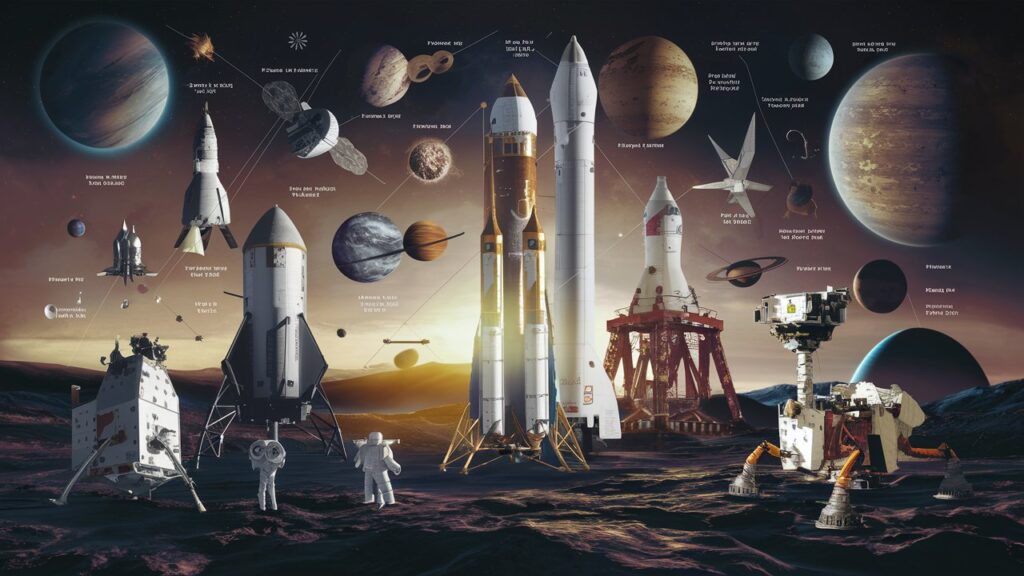Solar System
Introduction
As an avid stargazer and lover of all things celestial, I’ve always been captivated by the wonders and mysteries of the solar system. The vast expanse of space, brimming with planets, moons, asteroids, and comets, holds countless mysteries waiting to be discovered. In this comprehensive guide, we’ll embark on a journey through the solar system, exploring its various components and shedding light on the incredible phenomena that occur beyond our planet.

The Sun: The Center of Our Solar System
At the heart of our solar system lies the mighty sun, a colossal ball of hot plasma that bathes the planets, including Earth, in light, heat, and energy. With its diameter stretching about 1.4 million kilometers, the sun’s gravitational pull maintains the delicate balance within our solar system, keeping the planets in their orbits. Its surface, a tumultuous sea of superheated gases, reaches temperatures of millions of degrees Celsius and is the source of solar flares and coronal mass ejections that significantly impact our planet and its technology.

Venturing outward from the sun, we encounter the inner planets of our solar system. Mercury, the closest planet to the sun, is a small, rocky world with extreme temperatures. Venus, Earth’s ‘sister planet,’ is enveloped in a thick carbon dioxide atmosphere, leading to scorching surface temperatures due to a runaway greenhouse effect. Earth, our home, stands out as the only known planet to support life, thanks to its moderate climate, abundant water, and diverse ecosystems. Mars, the intriguing ‘Red Planet,’ captivates scientists with its potential for life and geological similarities to Earth.
The Outer Planets: Jupiter, Saturn, Uranus, and Neptune
Beyond the rocky confines of the inner planets, the gas giants of our solar system take center stage. Jupiter, the largest planet, is a behemoth of gas with a strong magnetic field and a multitude of moons. Its iconic Great Red Spot is a colossal storm that has raged for centuries. Saturn, with its stunning ring system, is another gas giant characterized by a complex atmosphere and an extensive collection of moons. Uranus and Neptune, the ‘ice giants,’ may be smaller than Jupiter and Saturn but are equally fascinating. Uranus’s unique tilted axis results in extreme seasonal variations, while Neptune is known for the solar system’s fastest winds.

Dwarf Planets and Other Celestial Bodies in the Solar System
In addition to the traditional planets, our solar system is home to several dwarf planets, including Pluto, Eris, Haumea, Make make, and Ceres. These smaller celestial bodies orbit the sun just like the planets but haven’t cleared their orbits of debris, distinguishing them from the main planetary lineup. These dwarf planets, along with countless asteroids and comets, offer valuable insights into the formation and evolution of our solar system, providing a glimpse into the building blocks of planets and the potential threats they pose to Earth.

Moons: The Companions of Planets
Many of the planets in our solar system boast moons orbiting around them, acting as their loyal companions. Earth’s moon, our planet’s sole natural satellite, has long fascinated humans and played a pivotal role in our planet’s history. Other notable moons include Ganymede, the largest moon in the solar system orbiting Jupiter, and Titan, Saturn’s largest moon, unique for its dense atmosphere. These moons possess their own distinct characteristics, landscapes, and potential for supporting life.

Remnants from the Early Solar System
Asteroids and comets, remnants from the dawn of our solar system, offer invaluable insights into its early history. Asteroids, primarily found in the asteroid belt between Mars and Jupiter, are rocky objects orbiting the sun. Some asteroids have been the focus of space missions, like the Rosetta mission that made history by landing on the comet 67P/Churyumov-Gerasimenko. Comets, icy bodies from the outer regions of the solar system, dazzle us when they vaporize near the sun, creating a glowing coma and a tail visible from Earth.

The Kuiper Belt and the Oort Cloud: Beyond the Planets
Beyond Neptune’s orbit lies the Kuiper Belt, a realm filled with icy objects akin to comets, housing Pluto and other dwarf planets, along with countless smaller entities. The Kuiper Belt is thought to be the origin of short-period comets that visit the inner solar system periodically. Further out, the Oort Cloud, a vast spherical cloud of icy bodies, is believed to be the source of long-period comets with highly elongated orbits. Both the Kuiper Belt and the Oort Cloud are key to unraveling the mysteries of the outer solar system.

Exploring the Solar System: Space Probes and Missions
Humanity’s insatiable curiosity and desire to explore the unknown have led to numerous space probes and missions venturing into the solar system. From the groundbreaking Voyager missions that unveiled the outer planets to the Mars rovers scouring the Red Planet for signs of life, these missions have significantly expanded our understanding of the solar system. The future promises even more thrilling endeavors, with planned missions to the icy moons of Jupiter and Saturn and ambitious projects aiming to send humans to Mars.

The Search for Life in the Solar System
One of the most compelling questions in astronomy is the existence of life beyond Earth. Scientists have been diligently searching for signs of life within our solar system, focusing on planets and moons like Mars, Europa, and Enceladus, which may harbor conditions conducive to life. While definitive evidence of extraterrestrial life remains elusive, the quest continues with greater technological capabilities and enthusiasm.

The Future of Solar System Exploration
As technology advances, so does our capacity to explore and comprehend the wonders of the solar system. The future is ripe with exciting opportunities, including manned missions to Mars, the launch of new space telescopes for studying distant planets, and the development of sophisticated robotic explorers. These future missions promise to revolutionize our understanding of the solar system and our place within it, bringing us closer to unlocking the mysteries that lie beyond our planet.

Conclusion

In conclusion, the solar system is a vast and awe-inspiring realm, teeming with wonders that continue to ignite our curiosity. From the fiery sun at its heart to the distant reaches of the Kuiper Belt and the Oort Cloud, every component of our solar system has a story to tell. Through space probes and missions, we’ve begun to unravel many of these mysteries, yet there’s still much more to discover. The quest for life and the future of solar system exploration promise to unveil new insights and revelations. As we gaze up at the night sky, let’s remember that the solar system is our celestial backyard, a fascinating frontier awaiting our exploration and understanding. So, join me on this incredible journey as we delve into the wonders of the solar system and unlock its secrets.
Author: CENTNETWORK
Courtesy: EPICMAZE
